Key Takeaways:
- Professional groomers use specialized tools and techniques to safely remove mats without harming the dog's skin.
- Regular grooming routines and proper tools can prevent mats from forming in a dog's coat.
- Understanding the causes of matting can help dog owners maintain a healthy, tangle-free coat for their furry friends.
Matting can be a common issue for many dog owners, especially those with long-haired breeds. But how does a professional groomer get mats out without causing discomfort or damage to a dog's skin? This article will delve into the tools, techniques, and preventive measures that groomers use to tackle matted dog hair mats.
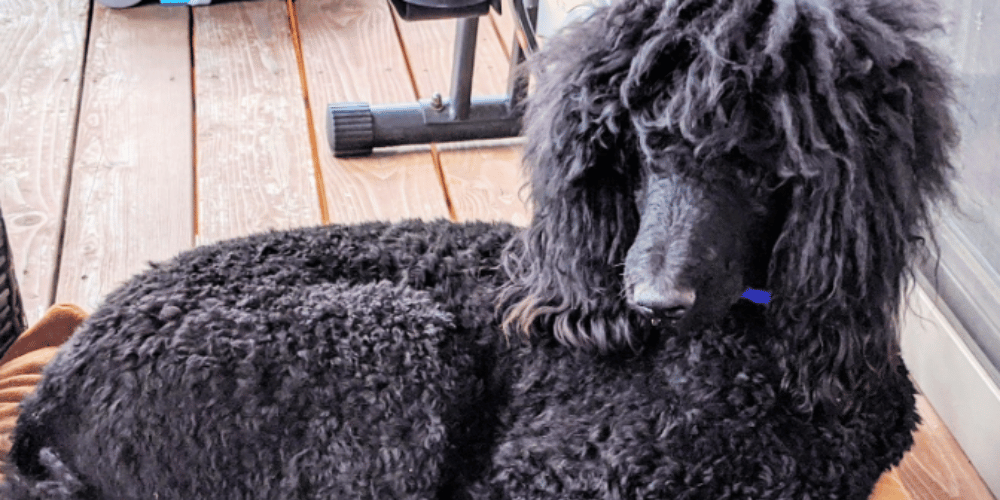
The Challenge of Matted Fur
Matted fur is not just an aesthetic issue; it can lead to skin irritations, painful sores, and even health issues due to trapped moisture and bacteria. A heavily matted coat can prevent air flow to the dog's skin and become a breeding ground for parasites. In severe cases, matting can restrict a dog's movement, causing extreme discomfort.
Tools of the Trade
Professional groomers have an arsenal of grooming tools at their disposal. Slicker brushes, soft bristle brushes, and pin brushes are commonly used to gently brush mats out. For more stubborn tangles, a grooming tool known as a de-matting comb or rake can be used to carefully cut through the mat. In extreme cases, the best dog clippers may be necessary to shave down a severely pelted coat.
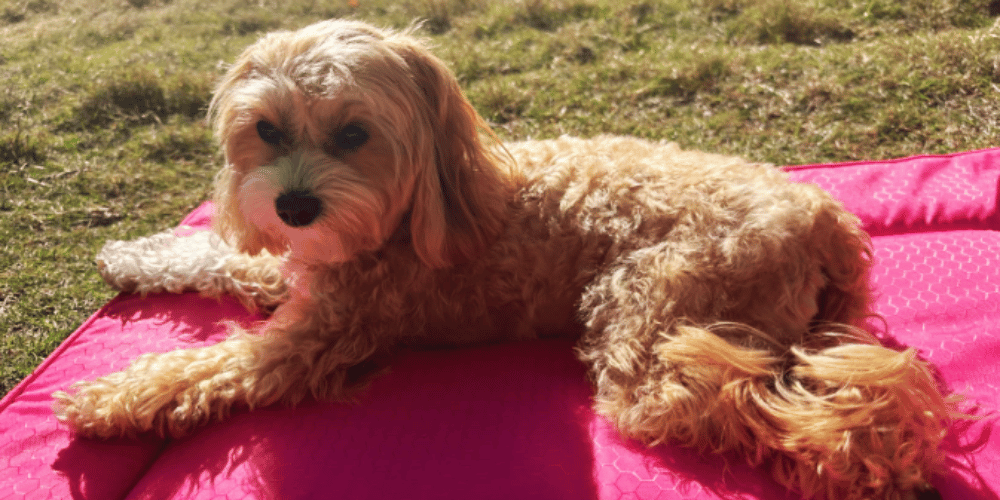
The Grooming Process
The process of removing mats starts with a thorough assessment of the dog's coat. Small mats can often be worked out with a brush, but larger, dense tangles may require more attention. A qualified groomer will use a combination of brushing and cutting techniques, always taking care not to pull on the dog's skin or accidentally cutting it.
Preventing Future Mats
Prevention is key when it comes to matting. Regular brushing, especially behind the ears and other prone areas, can keep the dog's coat tangle-free. Frequent bathing with a detangling spray can also help prevent mats from forming. Dog owners should establish a grooming routine that suits their pet's coat type and lifestyle.
Understanding Your Dog's Coat Type
When it comes to grooming and mat removal, understanding your dog's coat type is crucial. Different breeds have varying types of fur, ranging from short and sleek to long and fluffy.
For instance, a long-haired breed like a Shih Tzu or a Collie will require more frequent grooming to prevent tangles and mats. Their thick layer of hair can easily trap dead skin, dirt, and oils, leading to matted hair. On the other hand, short-haired breeds may not mat as quickly but still need regular grooming to keep their coat healthy and tangle-free.
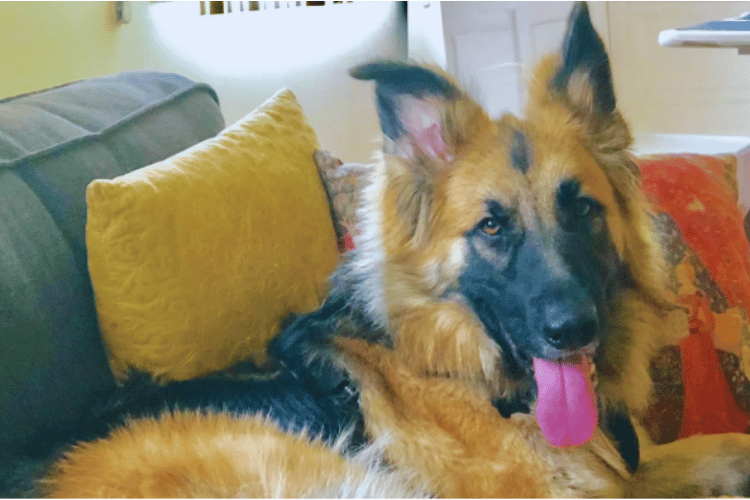
Knowing the specifics of your furry friend's coat will help you choose the right tools and techniques for grooming. A pin brush might be ideal for a dog with a fine, silky coat, while a de-matting comb could be necessary for dogs with a dense undercoat.
Regular brushing tailored to your dog's hair type can significantly reduce the risk of severe pelting and maintain a shiny, healthy coat. Remember, each dog's skin and coat are unique, and what works for one may not work for another.
The Role of Diet in Maintaining a Healthy Coat
A dog's diet plays a pivotal role in the health and texture of its fur. Nutrients like omega-3 and omega-6 fatty acids, found in fish oils and flaxseeds, contribute significantly to a shiny, tangle-free coat. When a dog's diet is rich in these essential nutrients, their skin and hair can maintain optimal health, reducing the likelihood of severe matting. It's not just about what's applied externally; what your pet consumes can have a profound impact on the condition of their coat.
Moreover, a well-balanced diet ensures that a dog's skin remains healthy, which is the foundation of a good coat. If a dog's skin is dry or irritated, it can lead to excessive scratching, which in turn can cause the fur to become tangled and matted.
By providing your dog with a diet that supports skin health, you're setting the stage for a smooth, mat-free coat. Always consult with a veterinarian to tailor your dog's diet to their specific needs, ensuring their coat stays as healthy as their body.
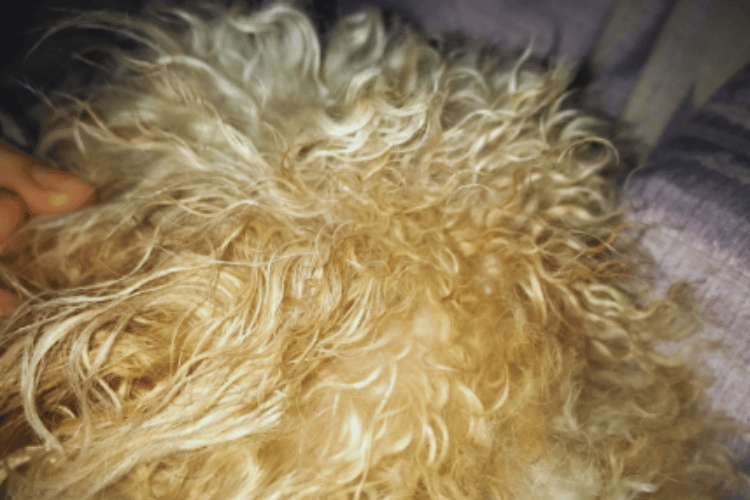
The Psychological Impact of Grooming on Dogs
Regular grooming sessions are not just about keeping a dog's coat clean and mat-free; they also have a significant psychological impact on your furry friend. Grooming can be a soothing experience for dogs, as the act of brushing and de-matting can be akin to the affectionate touch they receive from their owners.
This can help to strengthen the bond between pet and owner, making the dog feel loved and secure. Additionally, a well-groomed dog is often a happier dog, as they are free from the discomfort that comes with mats and tangles.
On the flip side, neglecting a dog's grooming needs can lead to anxiety and stress, particularly if matting becomes painful or if the dog's movement is restricted by tangled fur. Regular grooming ensures that a dog's body is free from discomfort, which can improve their overall demeanor and behavior. A dog that feels good in its coat is more likely to be sociable and active. Therefore, maintaining a regular grooming routine is as much about your dog's mental well-being as it is about their physical appearance.
The Importance of Regular Ear and Paw Care
While the focus is often on a dog's body when it comes to grooming, it's essential not to overlook the ears and paws. These areas can be particularly prone to matting due to the delicate nature of the hair and the increased movement.
Dog's ears, especially in breeds with long, floppy ears, can harbor matted hair underneath, where moisture and lack of air circulation contribute to the problem. Regularly checking and gently brushing your dog's ears can prevent mats from forming and ensure any signs of irritation or infection are caught early.
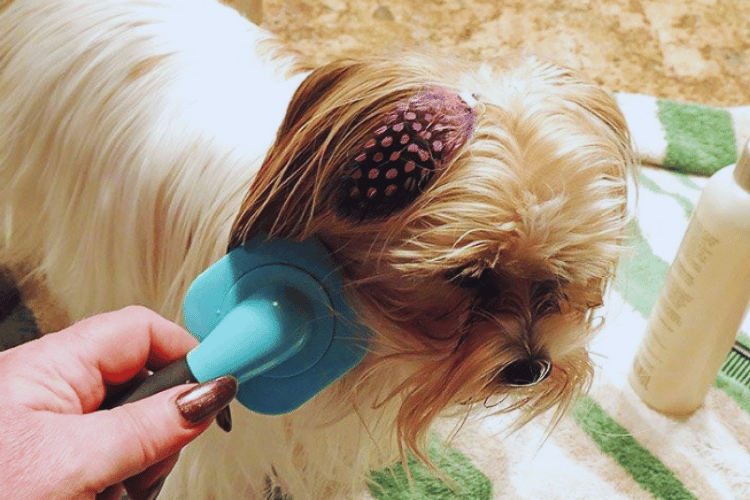
Similarly, the paws are another hotspot for tangled fur. Dogs' paws can collect all sorts of debris from their daily walks, leading to mats between the toes and around the paw pads. This can cause discomfort and even pain if left unattended. Incorporating paw and ear checks into your dog's grooming routine is a form of mat prevention that can keep your pet comfortable and tangle-free. Plus, it's a great opportunity to bond with your furry friend and ensure they're in tip-top shape from nose to tail.
When to Seek Professional Help
While some dog owners feel comfortable tackling mild matting at home, certain breeds with thick or long-haired coats may require the expertise of a local groomer. Cocker Spaniels, for example, are prone to severe matting that can be difficult to manage without professional help.
Mat Removal Techniques
A professional groomer will often start by trying to loosen the mat with their fingers or a specialized tool. If the mat is not too tight, they may apply a detangling spray to make the hair easier to work with. The groomer will then use a combination of brushing and picking to gently remove the mat without pulling on the dog's skin.
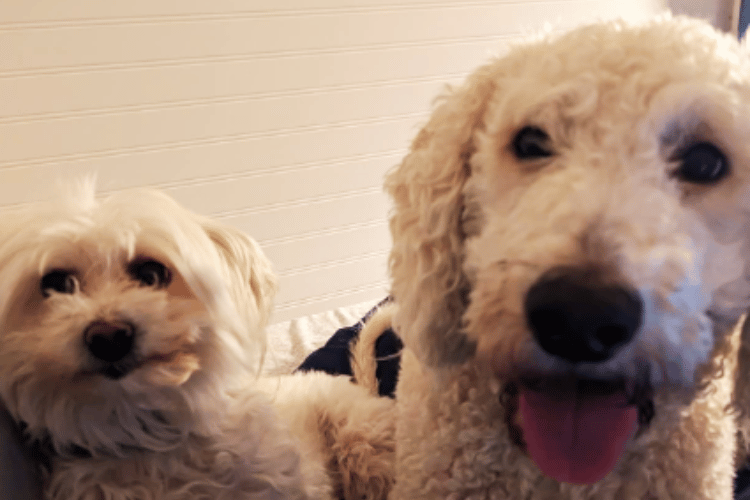
Dealing with Severe Matting
In severe cases of matting, where the mats are extremely painful or have caused skin issues, a groomer may decide that the best course of action is to cut the mat out. This is done with great care to avoid injuring the dog's skin. After mat removal, the groomer will treat any skin irritations and advise the owner on how to prevent future mats.
Aftercare for Your Dog
After a grooming session, it's important to keep an eye on your dog's skin for any signs of irritation. A professional groomer will provide tips on how to maintain a healthy coat and prevent matting. They may recommend specific brushes or grooming products that are best suited for your dog's fur.
Establishing a Grooming Routine
A consistent grooming routine is essential for keeping your dog's coat mat-free. Brush your dog regularly, paying special attention to areas prone to matting, such as behind the ears and under the legs. Regular check-ups with a qualified groomer can also help catch any potential issues early on.
Summary
Professional groomers are skilled in safely removing mats from a dog's coat. They use a variety of tools and techniques to tackle matted fur, taking care to avoid causing any discomfort or harm to the dog.
Prevention plays a crucial role in mat management, with regular grooming and proper care being key to maintaining a healthy, mat-free coat. By understanding the causes of matting and establishing a regular grooming routine, dog owners can help their furry friends stay comfortable and tangle-free.
FAQ Section
How often should I brush my dog to prevent matting?
The frequency of brushing depends on your dog's breed, coat type, and lifestyle. Most dogs benefit from being brushed several times a week, while long-haired breeds may require daily brushing to prevent mats.
Can I remove mats at home, or should I always go to a professional groomer?
Small mats can often be removed at home with the right tools and techniques. However, for heavily matted coats or if you're unsure how to proceed, it's best to consult a professional groomer to avoid accidentally hurting your dog.
What causes dog hair to become matted?
Mats can form due to a lack of grooming, moisture (like from wet grass), dirt, and the dog's natural movement. Certain breeds are more prone to matting, and regular grooming is essential to prevent tangles from forming.
Thank you for visiting LegitLists we hope this helps you make a legitimate choice!






